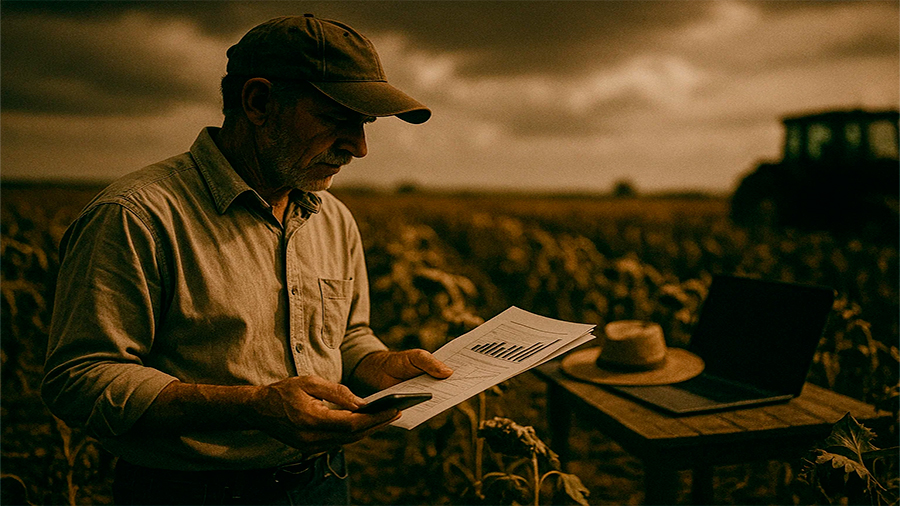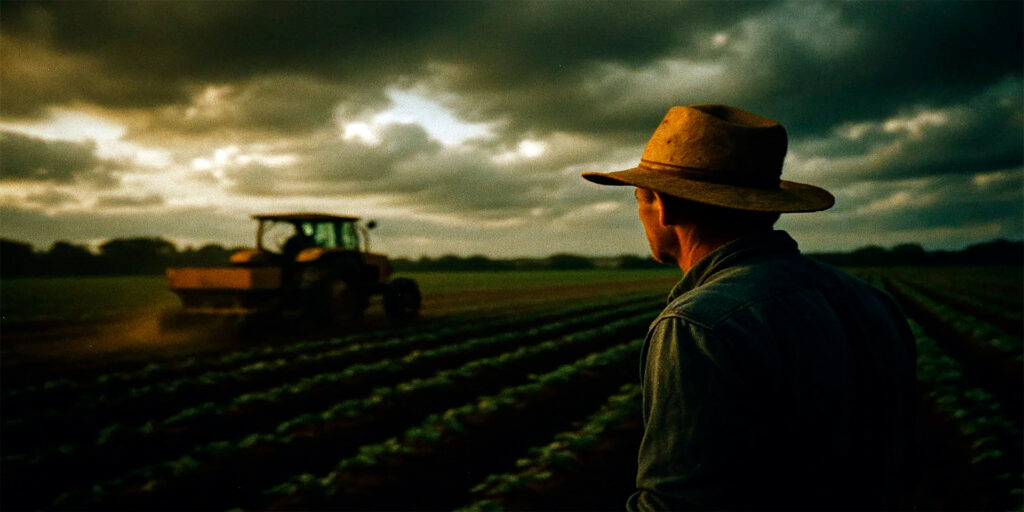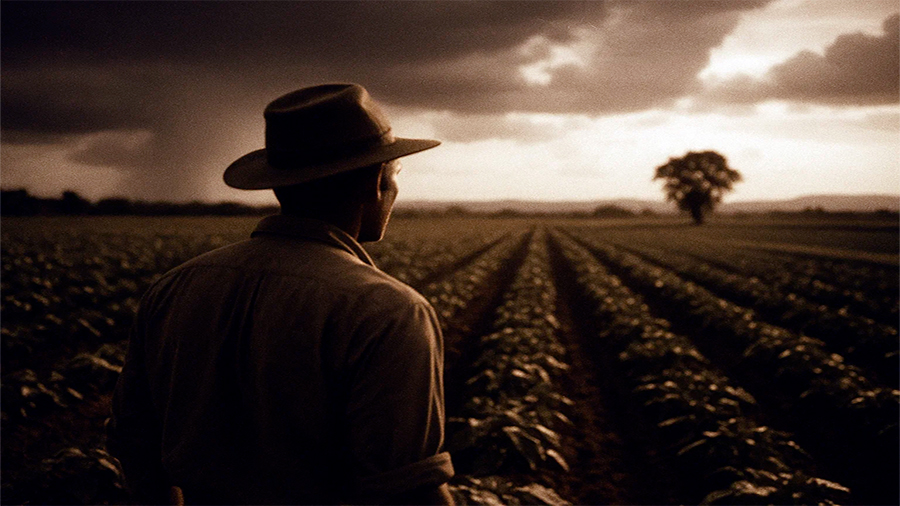The Impact of Seasonal Variation on Farming and Credit Cycles
Farming is deeply tied to the seasons. Weather shapes when seeds are planted, how crops grow, and when they can be sold. But it also shapes how farmers use credit. Seasonal variation means income is concentrated in certain months, while costs—like seed, fertilizer, equipment, and labor—arrive earlier. To bridge the gap, many farmers rely on short-term loans. These credit cycles rise and fall with the rhythm of the fields. Understanding the link between seasons and borrowing helps explain why credit is not just a financial tool, but a survival strategy in agriculture.
Why Seasons Matter in Agriculture
Unlike many industries with steady revenue, farming produces income in bursts. Planting requires heavy upfront spending. Months of waiting follow, with no income until harvest. Weather variation makes this cycle more uncertain. A late spring, summer drought, or early frost changes both costs and yields. Farmers must manage risk, and credit provides the buffer. By borrowing during planting and repaying after harvest, they smooth out irregular cash flow. Seasonal variation, therefore, doesn’t just affect crops—it sets the rhythm of financial obligations for farm households and rural banks alike.
Income gaps
Farmers often experience long stretches without revenue, forcing reliance on loans to cover daily expenses and operations.
Risk exposure
Shifts in rainfall, heat, and frost increase unpredictability, which feeds directly into credit needs and repayment risks.

The Role of Short-Term Credit
Most agricultural credit is short-term, designed to cover seasonal costs. Banks, cooperatives, and microfinance institutions provide loans that align with planting and harvesting cycles. These loans fund seeds, fertilizer, machinery rentals, and temporary labor. Repayment usually occurs after sales, but when seasons shift, farmers may struggle. Delayed rains or pests mean loans stretch longer than expected, increasing costs. For lenders, these patterns shape how much risk to accept and how to price loans. Seasonal cycles create predictable demand for credit, but weather variability makes repayment far less predictable.
| Season | Farmer Needs | Credit Use |
|---|---|---|
| Planting | Seeds, fertilizer, fuel, machinery | High borrowing, large short-term loans |
| Growing | Labor, pest control, irrigation | Moderate borrowing, emergency credit if weather shifts |
| Harvest | Labor, transport, storage | Repayment of loans with crop sales |
How Seasonal Variation Shapes Risk
Credit is safest when weather follows normal patterns. But seasonal variation means yields may drop, delaying repayment. In years of heavy rain or drought, farmers may default, triggering cycles of refinancing or new borrowing. Banks and cooperatives monitor climate data closely because their loan portfolios depend on stable growing seasons. Farmers with diversified crops or irrigation manage risk better, while those dependent on one crop are more vulnerable. Seasonal risk, therefore, is both an agricultural and financial reality.
Unpredictable weather
Floods, droughts, or heatwaves disrupt production and repayment schedules, raising default risks.
Credit dependency
Farmers locked into seasonal borrowing often roll over loans, deepening debt when weather undercuts harvest returns.
Impact on Farmers’ Cash Flow
Cash flow in farming is a stop-start pattern. Costs hit hard during planting, with little income until harvest. Families often borrow not only for farm inputs but also for household expenses in between. Credit access determines whether a farmer can survive seasonal gaps without selling assets or taking on informal high-interest debt. For lenders, cash flow cycles determine loan structures, grace periods, and repayment dates. Understanding these cycles is key to designing credit products that align with farming realities.
| Phase | Cash Flow Situation | Effect on Credit |
|---|---|---|
| Pre-planting | High expenses, no income | Strong demand for loans |
| Mid-season | Ongoing costs, still no income | Reliance on short-term credit lines |
| Post-harvest | Income arrives in bulk | Loan repayment and debt clearance |
Adapting Credit to Seasonal Shifts
Governments, banks, and cooperatives are adapting products to manage seasonal risk. Some loans now include flexible repayment schedules tied to crop prices or weather outcomes. Others integrate insurance, so if yields collapse, debt does not spiral out of control. Digital credit platforms also use satellite data and weather forecasts to adjust lending. For farmers, these innovations matter—they reduce the stress of borrowing while increasing resilience. Yet challenges remain: informal lending still dominates in many rural areas, often trapping farmers in cycles of debt when seasons go wrong.
Insurance-linked credit
Combining loans with crop insurance reduces risk for both farmers and lenders when seasons deviate sharply.
Technology-based tools
Mobile platforms track weather and cash flow, offering flexible repayment structures matched to seasonal shocks.
Smallholder Farmers in India
In India, millions of smallholder farmers depend on monsoon rains to plant crops like rice, cotton, and pulses. Delays or shortages in rainfall can ruin planting schedules and force families to take additional loans. For example, in Maharashtra, cotton farmers often borrow heavily at planting and expect to repay after harvest. But in drought years, yields drop sharply, leaving debts unpaid and pushing families toward informal moneylenders who charge extreme interest rates. Recognizing this pattern, several state programs introduced crop insurance linked with seasonal loans, giving farmers partial relief when rains fail. This approach shows how seasonal variation directly shapes both credit cycles and long-term financial stability in farming households.
Corn Producers in the U.S. Midwest
American farmers in the Midwest face a different but equally seasonal challenge. Corn requires significant upfront costs for seed, fertilizer, and equipment, often financed through short-term bank credit. Harvest income comes in the fall, but weather shocks like floods or early frosts reduce yields and delay repayment. For example, during the severe flooding of 2019, many Iowa corn farmers had to refinance loans or seek government-backed disaster credit to cover losses. Lenders adjusted repayment schedules to align with delayed harvests, highlighting how seasonal and climatic disruptions reshape credit timelines. The Midwest experience shows that even in developed markets, farming credit remains inseparable from seasonal risk.
Conclusion
Seasonal variation defines farming, and by extension, agricultural credit. Weather sets the pace of planting and harvest, shaping when farmers need funds and when they can repay. Credit is not optional—it is the glue that holds farm operations together through gaps in cash flow. But as climate change increases unpredictability, traditional credit cycles grow riskier. Lenders, policymakers, and farmers must adjust systems to account for shifting seasons, creating financial structures that match agricultural realities. Monitoring and adapting to seasonal credit patterns is no longer just smart finance—it is essential for food security and rural survival.


